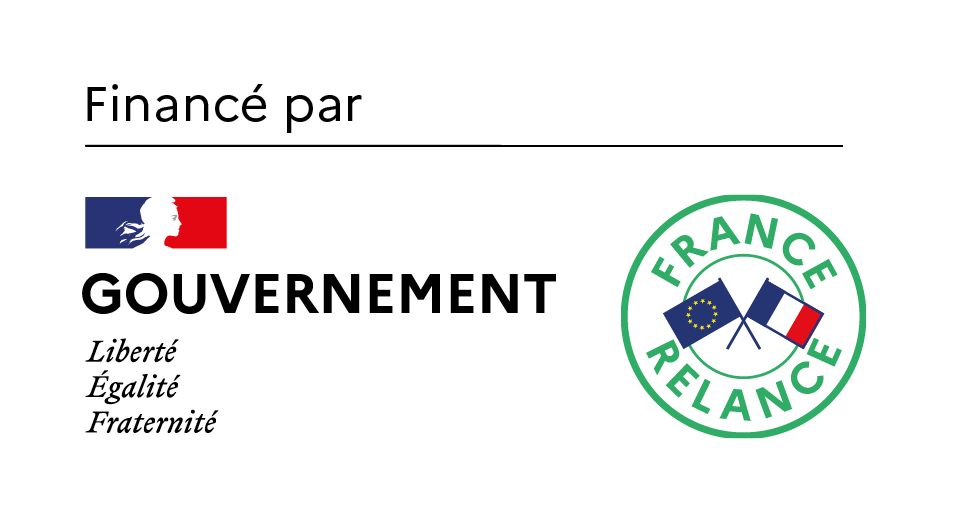Exxelia renforce sa cybersécurité grâce au soutien de France Relance
Exxelia bénéficie du soutien de France Relance pour renforcer sa cybersécurité La cybersécurité est devenue un enjeu majeur pour les entreprises, quel que soit leur secteur d'activité. Les menaces sont de plus en plus sophistiquées et les attaques de plus en plus fréquentes.
C'est dans ce contexte que la société Exxelia, spécialisée dans la conception et fabrication de composants électroniques, a décidé de renforcer sa cybersécurité. Pour cela, elle a bénéficié du soutien de France Relance, le plan de relance économique lancé par le gouvernement français en réponse à la crise sanitaire.
Caractérisation des risques résiduels sur la sécurité informatique d’Exxelia
Pour commencer, Exxelia a mené une analyse approfondie de sa sécurité informatique pour identifier les risques résiduels. Cette étape est cruciale pour déterminer les failles et les points de vulnérabilité de l'entreprise. Cette analyse a permis à Exxelia de mieux comprendre les menaces qui pèsent sur son système informatique et d'élaborer des solutions adaptées pour y faire face.
Identification et sélection des solutions
Ensuite, Exxelia a procédé à l'identification et la sélection des solutions les plus adaptées à ses besoins. Pour cela, elle a fait appel à des experts en cybersécurité, qui ont proposé des solutions sur mesure. Ces solutions ont été sélectionnées en fonction des risques résiduels identifiés précédemment et des contraintes opérationnelles de l'entreprise.
Déploiement des solutions sur les sites de production d'Exxelia
 Enfin, Exxelia a procédé au déploiement des solutions sur ses 6 sites français.
Enfin, Exxelia a procédé au déploiement des solutions sur ses 6 sites français.
Ce déploiement a été réalisé en plusieurs étapes, afin de minimiser les perturbations pour l'activité de l'entreprise.
Les solutions déployées ont permis de renforcer la sécurité informatique d'Exxelia et de réduire les risques d'attaques.
Ce projet a été financé par le gouvernement dans le cadre du plan de Relance.
